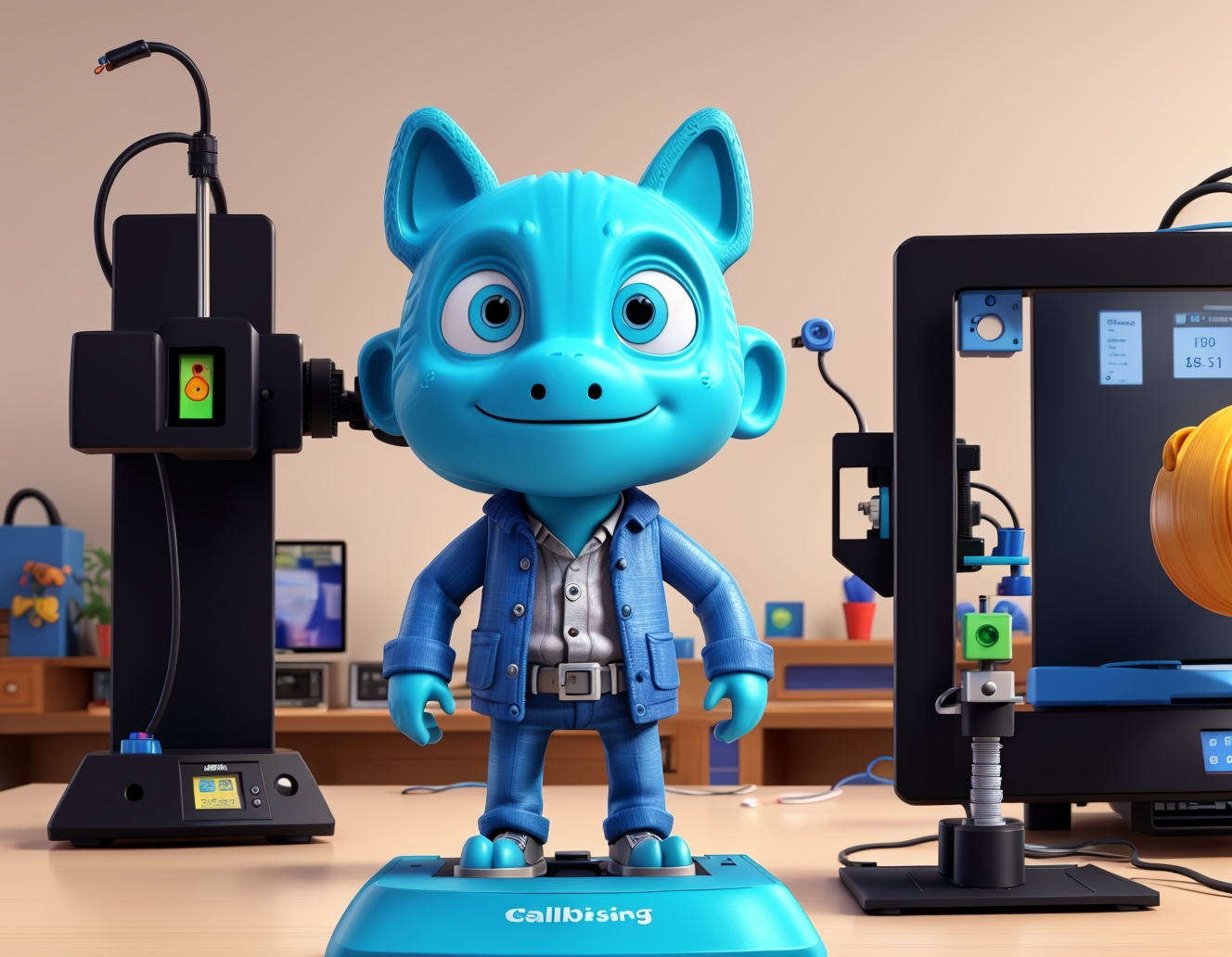First Steps with a 3D Printer: Setup, Calibration, Printing
### **First Steps with a 3D Printer: Setup, Calibration, Printing**
Purchasing a **3D printer** is just the beginning. To achieve great prints, you need to properly set up, calibrate, and maintain your printer. This comprehensive **3D printing guide** will walk you through the essential steps of getting started, from unboxing your printer to fine-tuning it for optimal results.
#### **1. 3D Printer Setup**
The first step in your **3D printing** journey is the proper setup of your **3D printer**. While different models may vary in complexity, most consumer printers follow a similar process.
– **Unboxing and Assembly**: Some printers come pre-assembled, while others require some assembly. Follow the manufacturer’s instructions carefully, ensuring all parts are correctly attached. Common components include the print bed, extruder, and frame.
– **Software Installation**: Download and install the appropriate **3D printer software** provided by the manufacturer. This software will allow you to control the printer and prepare models for printing (usually referred to as slicing software).
– **Connection**: Connect your **3D printer** to your computer or network via USB, Wi-Fi, or SD card. Ensure the printer is recognized by the software.
#### **2. 3D Printer Calibration**
Proper **3D printer calibration** is essential for achieving high-quality prints. Calibration ensures that the printer’s movements are accurate, the bed is level, and the extruder delivers material correctly.
– **Bed Leveling**: Start by leveling the print bed. Most **3D printers** come with manual or automatic bed-leveling features. The print bed must be perfectly flat, as even slight variations can affect print quality.
– **Manual Bed Leveling**: Use the printer’s knobs to adjust the bed height at each corner, ensuring the nozzle is a consistent distance (usually a piece of paper’s thickness) from the bed.
– **Automatic Bed Leveling**: If your printer supports auto-leveling, follow the instructions to allow the printer to calibrate the bed itself.
– **Nozzle Height Adjustment**: The nozzle height (or Z-offset) must be set correctly to ensure that the first layer adheres properly to the print bed. A too-high nozzle will result in poor adhesion, while a too-low nozzle can cause clogging.
– **Extruder Calibration**: To ensure your **3D printer** extrudes the correct amount of filament, measure the filament fed into the extruder. If necessary, adjust the extruder settings in your printer’s software to ensure it’s delivering the precise amount needed.
#### **3. First 3D Print: Getting Started**
Once your **3D printer setup** and calibration are complete, you’re ready to start printing.
– **Selecting a Model**: Start with a simple design for your first print. Many **3D printers** come with pre-loaded test models, or you can download models from popular sites like Thingiverse or MyMiniFactory. These files are often in **STL** or **OBJ** format.
– **Slicing the Model**: Use **slicing software** (such as Cura, PrusaSlicer, or the software provided by the printer manufacturer) to prepare the 3D model for printing. Slicing software converts your 3D model into layers and generates the necessary commands for your printer (usually in **G-code** format).
– **Layer Height**: Set an appropriate layer height based on the desired quality. A standard setting is around 0.2 mm for most prints.
– **Infill Density**: Choose an infill percentage (usually 10-20%) for lightweight objects or a higher infill for more robust parts.
– **Support Structures**: If your model has overhangs, enable support structures to ensure stability during printing.
– **Starting the Print**: Once sliced, send the file to your printer and start the print. Monitor the first few layers closely to ensure proper adhesion to the print bed and that the extruder is working correctly.
#### **4. Troubleshooting Common Issues**
As a beginner, you might face some challenges during your initial prints. Here are a few common issues and tips on how to resolve them:
– **Poor Bed Adhesion**: If the first layer isn’t sticking to the bed, check your nozzle height and bed leveling. You can also use adhesive aids like glue sticks, painter’s tape, or print on a heated bed to improve adhesion.
– **Under-Extrusion**: If your printer is not extruding enough material, check your filament for any tangles or blockages. Make sure the extruder calibration is correct.
– **Warping**: Warping occurs when the print cools unevenly. Using a heated bed and ensuring proper bed adhesion can minimize this issue.
– **Stringing**: If your print has stringy material between parts, adjust your retraction settings in the slicing software.
#### **5. Post-Processing Your 3D Print**
Once the print is finished, it may require post-processing to improve the final look and feel.
– **Removing Supports**: If your print includes support structures, carefully remove them using pliers or cutters.
– **Sanding**: For smoother surfaces, sand the print using fine-grit sandpaper.
– **Painting**: You can paint your 3D prints with acrylic paints after lightly sanding the surface to ensure the paint adheres well.
#### **Conclusion**
Getting started with a **3D printer** involves more than just pushing a button—it requires careful **setup**, **calibration**, and practice. By following this **3D printing guide**, you can ensure your machine is ready to produce high-quality prints, troubleshoot common issues, and explore the exciting world of **3D printing**. As you gain more experience, you’ll find new ways to refine your process and take on more complex projects with confidence.



